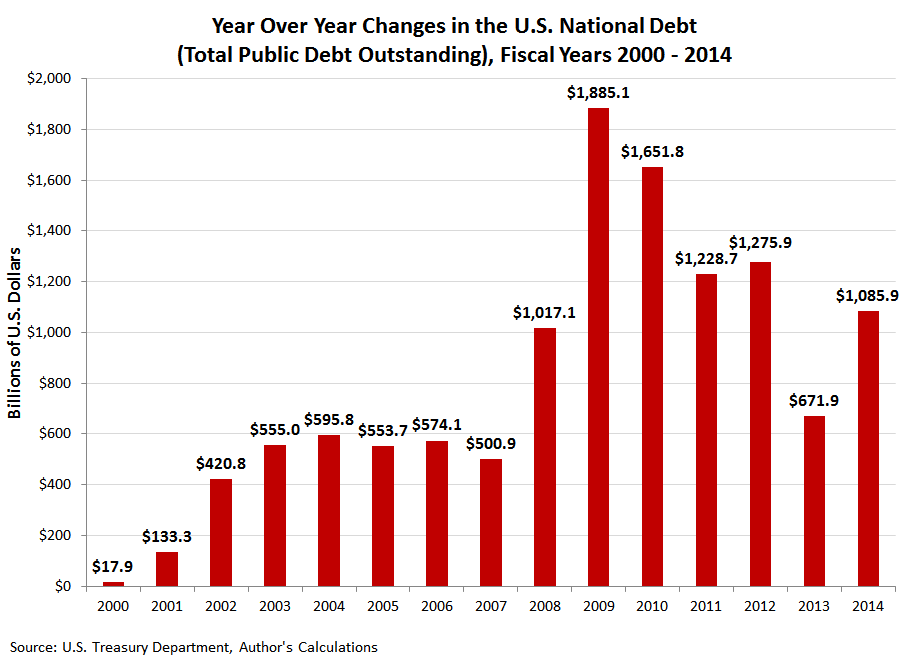

The five-year average of executions, 18.6 per year, is the lowest in more than 30 years, a 74% decline over the course of one decade. The five-year average of new death sentences, 26.6 per year, is the lowest in 50 years. This shows Oregon’s death row population as of April 1.įor the eighth consecutive year, fewer than 30 people were executed and fewer than 50 people were sentenced to death. ~Oregon Governor Kate Brown commuted all of the state’s death sentences on December 13. ‡ Persons with death sentences in multiple states are only included once in the total. ^^ New Hampshire prospectively abolished the death penalty May 30, 2019. The bill reduced the state’s two death sentences to life without parole.

^Virginia abolished the death penalty with an effective date of July 1, 2021. † Data from NAACP Legal Defense and Educational Fund for April 1 of the year shown.

Thirty-seven states - nearly three-quarters of the country - have now abolished the death penalty or not carried out an execution in more than a decade. The commutations completed what she called the “near abolition” of the death penalty by the state legislature in 2019. On December 13, 2022, Oregon Governor Kate Brown announced the commutation of the capital sentences of all 17 death-row prisoners and instructed corrections officials to begin dismantling the state’s execution chamber. One by one, states continued their movement away from the death penalty. With the exception of the pandemic years of 20, the 18 executions in 2022 are the fewest since 1991. The 20 new death sentences imposed in 2022 are fewer than in any year before the pandemic, and just 2 higher than the record lows of the prior two years.
#THE US ANY OTHER LAST YEAR TRIAL#
The Gallup crime survey, administered in the midst of the midterm elections while the capital trial for the 2018 mass shooting at Marjory Stoneman Douglas High School in Florida was underway, found that support for capital punishment remained within one percentage point of the half-century lows recorded in 20. Defying conventional political wisdom, nearly every measure of change - from new death sentences imposed and executions conducted to public opinion polls and election results - pointed to the continuing durability of the more than 20-year sustained decline of the death penalty in the United States. In a year awash with incendiary political advertising that drove the public’s perception of rising crime to record highs, public support for capital punishment and jury verdicts for death remained near fifty-year lows.


 0 kommentar(er)
0 kommentar(er)
